Exploring Hong Kong Roast Goose in Sham Shui Po’s Local Diners
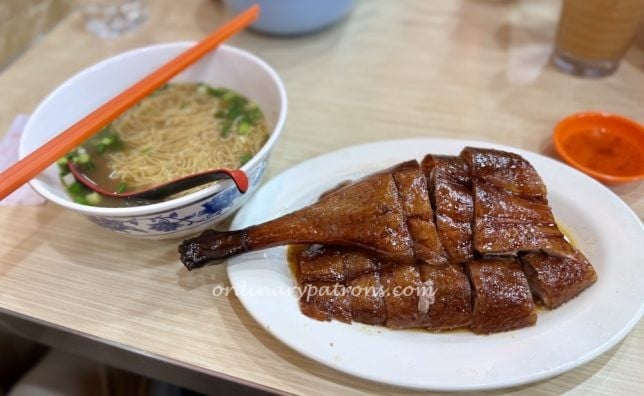
Welcome to another delicious dive into Hong Kong famous foods with jusha.travel, your go-to Hong Kong travel guide for uncovering the city’s hidden culinary gems. If you’re a food lover planning a trip to Hong Kong, then Hong Kong Roast Goose should be at the top of your list. This crispy, succulent dish, a cornerstone of Cantonese cuisine, offers an authentic taste of local flavors that embodies the vibrant Hong Kong culinary experiences. Nestled in the heart of Sham Shui Po, one of Hong Kong’s most authentic neighborhoods, this post will guide you through the best local diners serving Roast Goose Sham Shui Po. From cultural insights to practical Hong Kong travel tips, we’ll help you savor every bite while navigating the bustling streets like a pro. Here at jusha.travel, we love sharing tips to make your China journey unforgettable!
The Cultural Significance of Cantonese Roast Goose
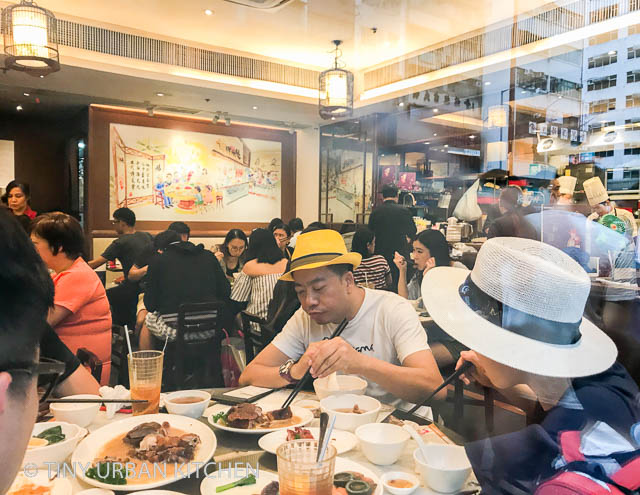
Cantonese Hong Kong Roast Goose is more than just a meal—it’s a symbol of Hong Kong’s rich culinary heritage, falling under the beloved category of “sui mei” or Cantonese barbecue. This dish has been perfected over generations, with traditional methods using charcoal ovens to achieve that signature crispy skin and tender, juicy meat. As one of the Hong Kong famous foods, it represents the craftsmanship passed down in family-run spots, some following recipes unchanged for over 60 years.
The preparation involves intricate marinating with ingredients like orange peel, ginger, soy sauce, five-spice powder, and garlic, creating layers of flavor that make every bite memorable. For a deeper look into Hong Kong’s food traditions, check out our post on Experiencing Hong Kong Dim Sum Culture in Local Eateries. These techniques highlight the dedication to authenticity, ensuring Hong Kong Roast Goose remains a worldwide icon.
- Historical Roots: Originating from Cantonese traditions, roast goose has been a staple since the 19th century, evolving with Hong Kong’s dynamic food scene.
- Cultural Tie-Ins: Often enjoyed during festivals, it ties into family gatherings and celebrations, offering travelers a taste of everyday life.
- Modern Twist: While traditional, innovative chefs are blending it with contemporary flavors for a fresh take on this classic.
For those curious about broader Hong Kong culinary experiences, this dish is a perfect entry point into the city’s food culture.
Traditional Preparation Techniques
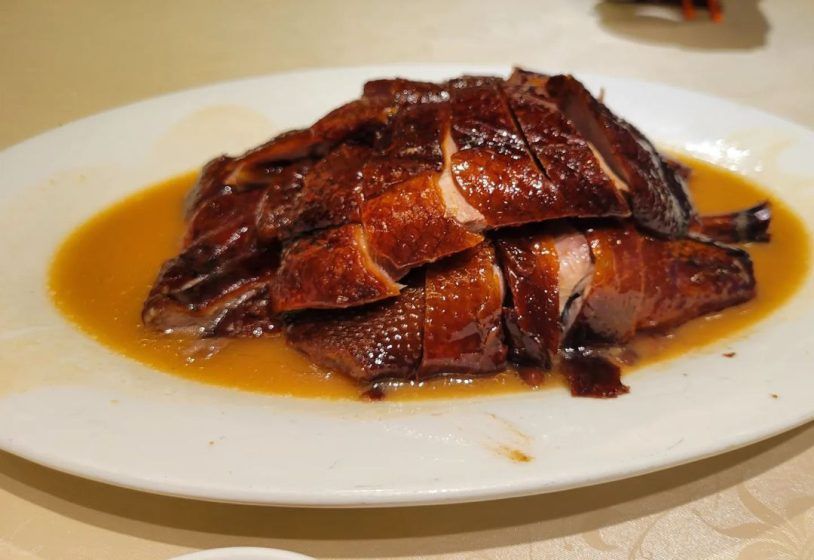
The art of preparing authentic Hong Kong Roast Goose is a meticulous process that sets Sham Shui Po’s diners apart. It starts with selecting a fresh bird, removing giblets and excess fat, and bringing it to room temperature. A key technique is using an air pump to separate the skin from the meat, allowing for that enviable crispiness. The goose is then poached in boiling soda water to shrink the skin, followed by a dry rub and marinade applied to the cavity—keeping the exterior pristine for even roasting.
A maltose-vinegar glaze is brushed on before overnight drying in the fridge, ensuring golden perfection. Roasting begins at high heat (200°C for 30 minutes) then lowers to 180°C, with foil protecting delicate areas. For more on Cantonese cooking traditions, see Exploring Hong Kong Sai Kung Seafood Restaurants for Coastal Dining, which touches on similar preparation methods in coastal cuisine.
These steps, detailed in sources like The Woks of Life, showcase why Sham Shui Po’s Roast Goose Sham Shui Po is unmatched. As a traveler, understanding this elevates your dining experience—consider pairing it with a visit to a local market for fresh ingredients.
Goose King: Fresh-Off-the-Grill Excellence
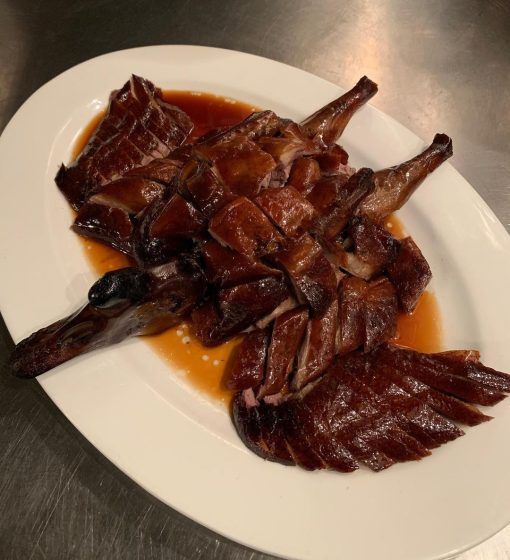
In the heart of Sham Shui Po, Goose King (燒鵝大皇) stands out as a sensation for its commitment to freshly roasted Hong Kong Roast Goose. Diners can watch the magic happen through transparent windows, where rows of shiny geese glisten behind glass. Unlike many spots, grilling occurs in-house, filling the air with aromas of steam and marinade as the master chef chops on a traditional board.
The result? Meaty, tender meat with bronze, crispy skin splashed in house soy sauce—a pinnacle of Cantonese mastery. This old-school vibe, rare in modern Hong Kong, makes it ideal for immersive Hong Kong culinary experiences. For another food adventure in the region, read our guide to Discovering Hong Kong Kowloon Walled City Park’s Historical Charm, nearby and full of cultural depth.
Hong Kong travel tips: Visit during off-peak hours to avoid lines, and pair your goose with rice or noodles for under HK$100. As per Things to Do in HK, it’s a sensory feast connecting you to the city’s roots.
Lo Soi Goose: A Chiu Chow Alternative
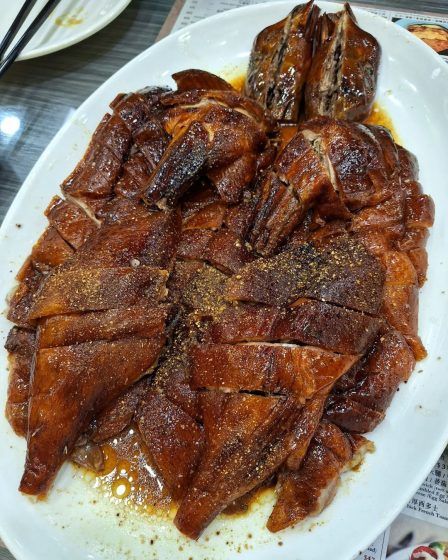
While crispy styles dominate, Goose Palace (鹅公馆) on Yu Chau Street offers a twist with Chiu Chow-style braised Hong Kong Roast Goose. This softer, spice-infused variant highlights the diversity of Hong Kong famous foods, appealing to those seeking variety. The succulent meat absorbs aromatic sauces, differing from the crunch of traditional roasts.
Don’t miss their duck tongue specialty— a bold Hong Kong culinary experience. For more on regional variations, explore Uncovering Hong Kong Tai Po for Markets and Natural Beauty, which showcases diverse local eats. As noted in Eating Adventures, this spot preserves Chiu Chow traditions amid Sham Shui Po’s evolution.
Hong Kong travel tips: Prices are affordable (HK$40-50 per portion), perfect for budget explorers. It’s a great alternative for adventurous palates.
The Neighborhood Dining Experience and Practical Tips
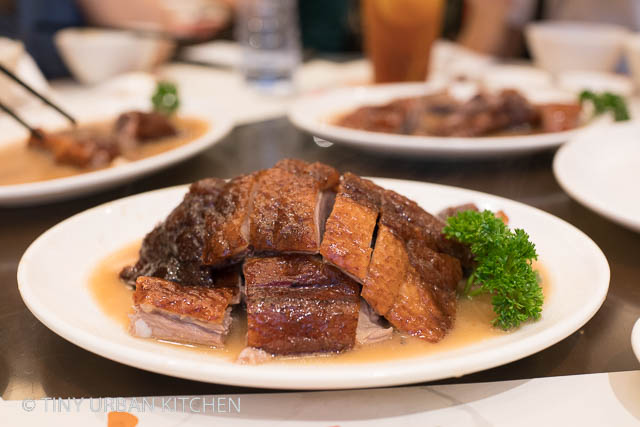
Sham Shui Po’s charm extends beyond roast goose to a full ecosystem of eateries. Nearby, Lau Sum Kee—a Michelin Bib Gourmand spot—serves bamboo pole noodles, tracing back to 1940s Guangzhou. For sweets, Heart’s Dessert on Fuk Wing Street offers queue-worthy treats, while winter brings snake soup season.
This district, Hong Kong’s poorest yet most authentic, blends grassroots vibes with emerging artists. Safety is key—stick to well-lit areas and use MTR for easy access via Sham Shui Po station. For broader Hong Kong travel guide insights, see Exploring Hong Kong Avenue of Stars for Skyline and Cinema Glory.
- Transportation: MTR Exit A2 leads straight to diners; walking tours reveal gems.
- Budget: Expect HK$40-100 per meal—value-packed Hong Kong travel tips.
- Best Time: Lunch for fresh roasts; evenings for lively atmosphere.
Though some petty crime lingers, the rewards outweigh risks, as per Eating Adventures.
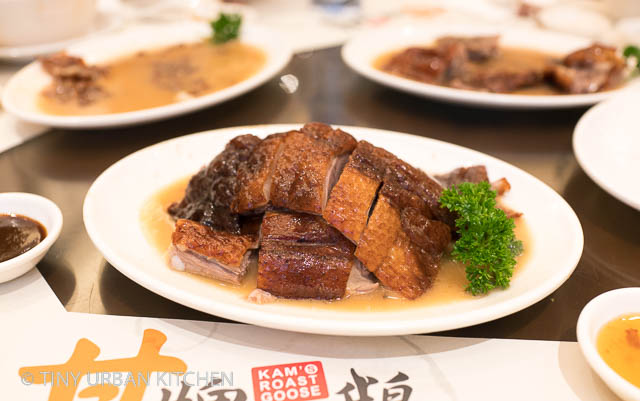
Mei Hin Roast Goose: Expanding the Tradition
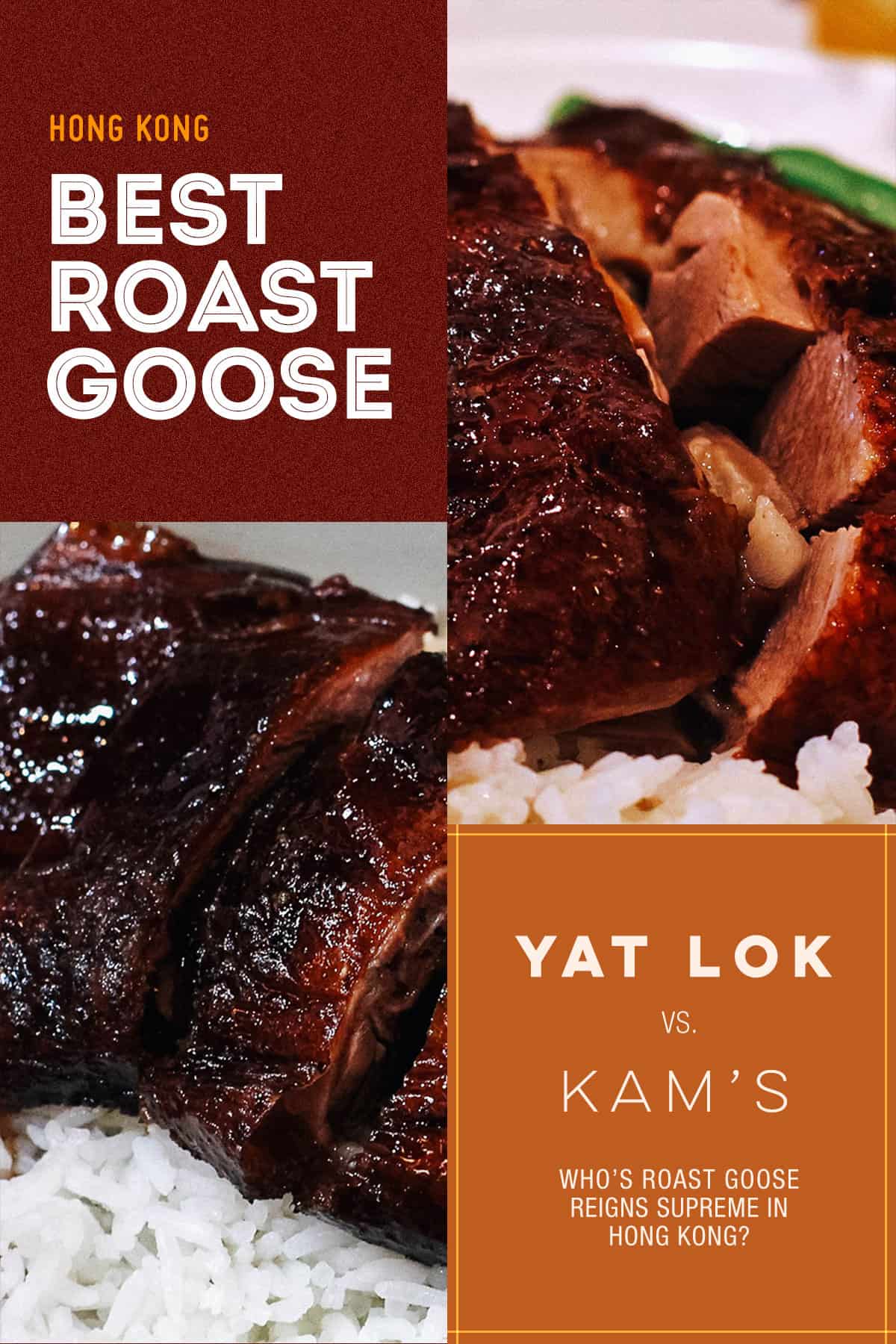
Though not in Sham Shui Po, Mei Hin Roast Goose Restaurant in Tsim Sha Tsui extends this legacy. Famous for juicy, crispy goose, it draws locals and tourists alike, with waits even at 3pm. Friendly service enhances the vibe, making it a welcoming spot for Hong Kong Roast Goose fans.
For historical context, pair with Experiencing Hong Kong Lunar New Year Celebrations and Culture, where such dishes shine during festivities. Praised on Lemon8, it’s a testament to Sham Shui Po’s influence spreading citywide.
In conclusion, Sham Shui Po’s Roast Goose Sham Shui Po scene captures Hong Kong’s soul—authentic, flavorful, and full of history. Whether you’re a culture enthusiast or foodie, these diners deliver unforgettable Hong Kong culinary experiences. Dive into this crispy delight on your next trip, and remember jusha.travel for more inspiring guides to China. Have you tried Hong Kong Roast Goose? Share your thoughts in the comments below, visit jusha.travel for more content, or check out related articles like our Hong Kong travel tips for seamless adventures!

